SCS Blog Search
| Title | |
|---|---|
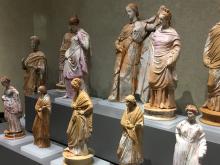
|
Blog: (Re)habilitating Old Woman A, or: Reading female bad language in Aristophanes’ Assemblywomen as a 40-something womanAmy Coker | |
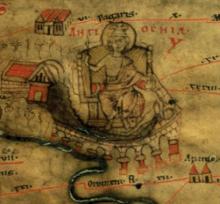
|
Blog: Power to Punish and Authority to Forgive: Imperial State and Imprisonment in 4th-Century AntiochAlberto De Simoni | |
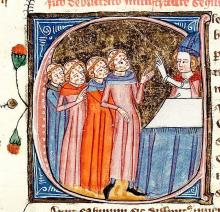
|
Blog: “Disease Discourse” as a Phenomenon: Classical, and Christian, and ContemporaryCarson Bay | |

|
Blog: Come and Take It: The End of EidolonSarah Bond | |
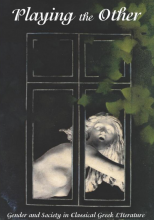
|
Blog: Women in Classics: Froma ZeitlinClaire Catenaccio | |

|
Blog: How Do We Record the History of Women in Classics?Claire Catenaccio | |

|
Blog: How Can We Save Latin in our Public High Schools?Robert Simmons | |
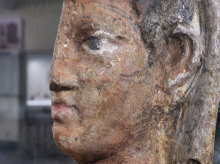
|
Blog: Pygmalion, Polychromy, and Inclusiveness in ClassicsAimee Hinds | |

|
Blog: Global Feminism and the Classics at the SCS SesquicentennialAndrea Gatzke | |
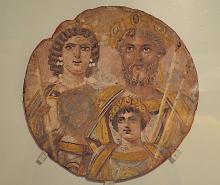
|
Blog: Diversifying Latin in High School and Middle School ClassroomsDanielle Bostick | |
